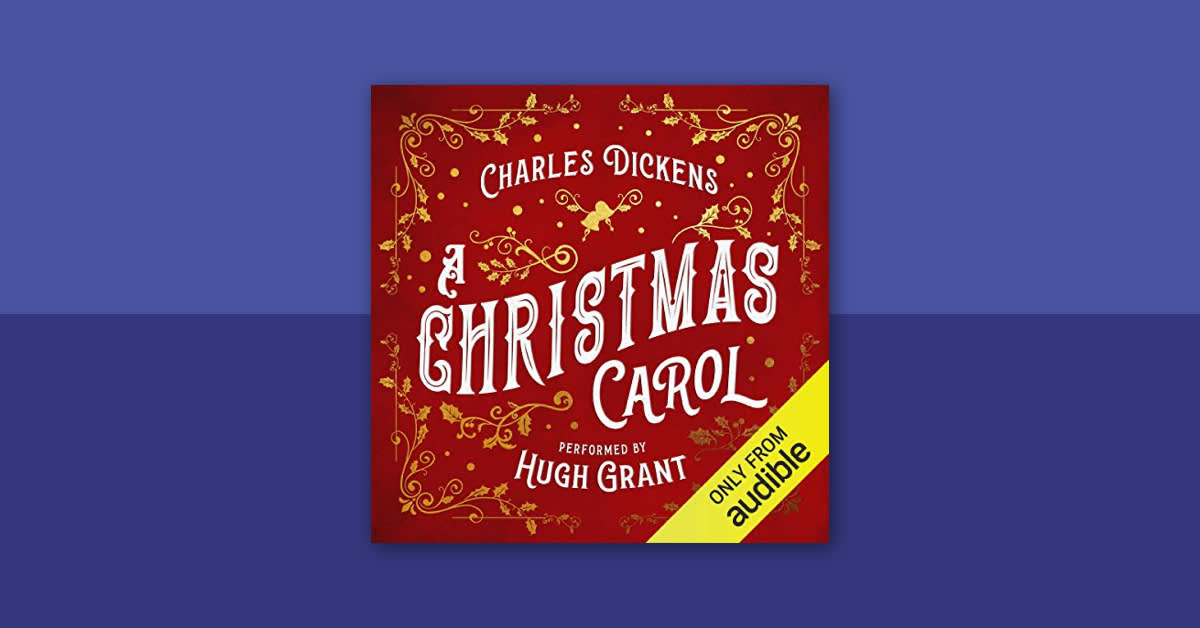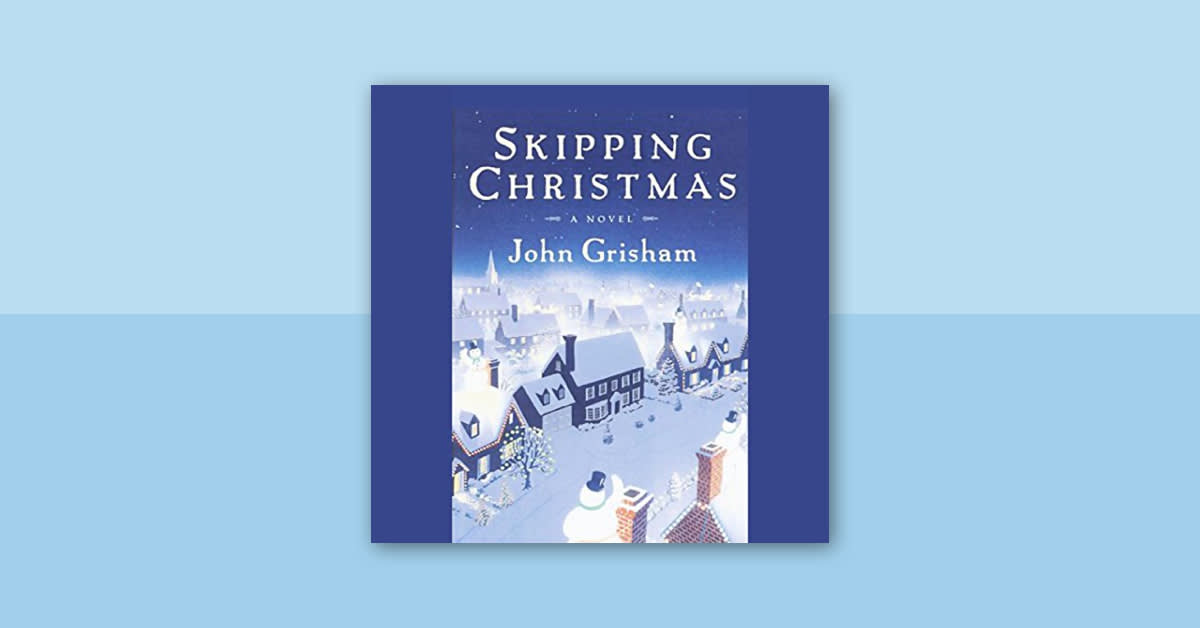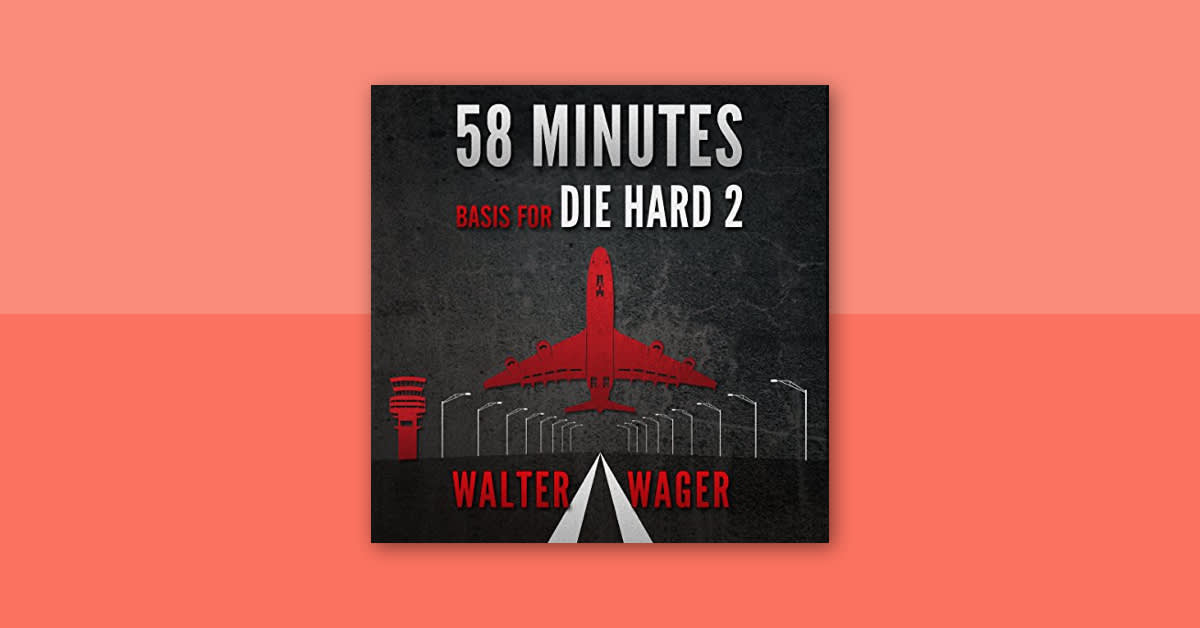It's a Wonderful Life is widely acknowledged as the best Christmas film of all time. So, it's kind of hard to believe that when the film premiered in 1946, it was considered a near-flop because it didn't find immediate financial success. It wasn't until the advent of television programming and a clerical mistake in licensing that It's a Wonderful Life was played on TV, again and again, propelling it to become an enduring favorite among audiences, especially at Christmastime. But like the film's origins, the story that inspired it also had a fraught beginning and almost never made it into the world.
Is It’s a Wonderful Life based on a book?
Sort of! It's a Wonderful Life is based on "The Greatest Gift," a short story written by Philip Van Doren Stern, which in turn is loosely based on another enduring holiday story: A Christmas Carol. Like the classic from Charles Dickens, "The Greatest Gift" is an existential tale focusing on the meaning of life and the importance of appreciating what you have, with some light speculative elements. This very short story—just 4,100 words and a 50-minute listen, beautifully narrated by actor Edward Hermann—is about a man named George Pratt who finds himself walking across a bridge on Christmas Eve, contemplating ending his life. He's considering jumping when a stranger approaches and strikes up conversation. The stranger, who's never named, is not very well-dressed, but he's polite and kind. He asks George why he's so upset, and George confides: he wishes he'd never been born. The stranger declares George's wish granted. Then, he hands George a bag and urges him to go back to town and take a walk around, pretending to be a door-to-door salesman if anyone questions him.
Confused, George heads back into town and discovers many differences, both subtle and significant. None of George's friends recognize him, and they all seem to be in sad and dire situations. George discovers that his younger brother is dead. In a world without George to dive into the water and save him, his brother drowned many years earlier. What's more, his wife ended up married to another man. George visits her home and tries to give her a free upholstery brush, but he's chased off by her husband, and their son pretends to shoot him with a toy gun.
George ends up back on the bridge, and begs the stranger to explain what's happening. The stranger tells George that he was already in possession of the greatest gift—the gift of life—but he took it for granted. George sees the error of his ways and pleads for his life back, and the stranger relents. George rushes home and is relieved and overjoyed to find everything as he left it before he went to the bridge. Overcome with emotion, he embraces his wife. When she questions his behavior, he nearly tells her everything that happened—but then he spots the upholstery brush…the same one he presented her with earlier, when he was experiencing life as if he'd never been born.
What’s the history of It’s a Wonderful Life?
"The Greatest Gift," which Stern completed in 1943, initially faced repeated rejections—so much so that he printed 200 copies himself and gave them to friends and family for the holidays. From there, the story came to the attention of David Hampstead, a producer for RKO Pictures, who then shared it with Cary Grant. Grant was interested in seeing the story adapted to film and playing the lead. But it wasn't until the film rights were sold to Frank Capra and his production company that the story officially went into production, with James Stewart playing the lead instead. In 1944, a year after self-publishing, Stern saw his story published in book form as well as two magazines to reach a larger audience.
What are the major differences between It’s a Wonderful Life and "The Greatest Gift"?
The plot changed quite a bit from short story to film. Frank Capra and a team of writers went through many rounds of revision on the screenplay that would become It's a Wonderful Life. Ultimately, the sequence of events in "The Greatest Gift" became the third act of the film, with some notable changes from the original. George Pratt becomes George Bailey, and he's given a rich backstory. The film begins with an apprentice angel named Clarence (previously the unnamed stranger) noticing a lost soul on a bridge on Christmas Eve. Clarence (played by Henry Travers) is sent down to save George; if he succeeds, he'll earn his wings. From there, we are shown scenes from George's life, some of which are alluded to in the short story. George saves his younger brother Harry from drowning as a child, but as a result loses the hearing in his left ear. He also notices when the local pharmacist mistakenly poisons a child's prescription, and alerts him before it's too late.
As an adult, George is eager to travel the world, but his father's stroke forces him to stay at home and run the family business, Bailey Building and Loan. He gives his tuition money to Harry, with plans for his younger brother to go to college and then return to take over the family business, giving George a chance to start his life. But to George's disappointment, that never happens. Instead, Harry follows his own path. George falls in love and marries Mary Hatch (played by Donna Reed), and they have four children. Later, Harry serves in WWII and saves hundreds of soldiers, prompting the town to throw a parade in his honor. Meanwhile, George is struggling to keep his family's business afloat, especially with a business rival—the wealthy and ruthless Harry F. Potter (played by Lionel Barrymore)—determined to sink him.
When his uncle misplaces a large sum of money and, unbeknownst to them, it falls into Potter's hands, George becomes desperate. He's certain that not only will the business go under, but he'll face criminal charges as well. As a last resort, George begs his rival for a loan, but Potter refuses and calls the police on him. George flees, getting drunk before making his way to the bridge where he contemplates jumping. This is when Clarence intervenes, showing George what the world would look like if he was never born.
Clarence doesn't encourage a door-to-door salesman ruse, but George goes around town nonetheless, discovering all of the ways that the people he knows and loves are worse off without him. His charming town has turned commercial and sleazy; the pharmacist he worked for was imprisoned for manslaughter; his uncle was institutionalized; and worst of all, Harry died as a child, never growing up to go to war and save so many lives. Finally, George finds his wife Mary, and she is single, childless, and a librarian. She is frightened when George insists that they're married and runs away, calling the police. George returns to the bridge and begs for his life back, come what may. Clarence grants his wish.
Upon returning home to face the consequences of the missing money, George is amazed to find that Mary and his uncle raised the amount that had been lost and more. Thanks to townspeople's gracious donations, there is enough money to make up for the missing sum and save the family business. George is reminded of Clarence's lesson that no one is truly alone as long as they're surrounded by friends, and his little daughter rings a bell, ensuring that Clarence gets his wings.
If the history behind this Christmas classic is news to you, then we recommend adding "The Greatest Gift" audiobook to your library. It's the perfect story to listen to while decorating the tree, and a great way to embrace an attitude of gratitude as we enter into the holiday season.




